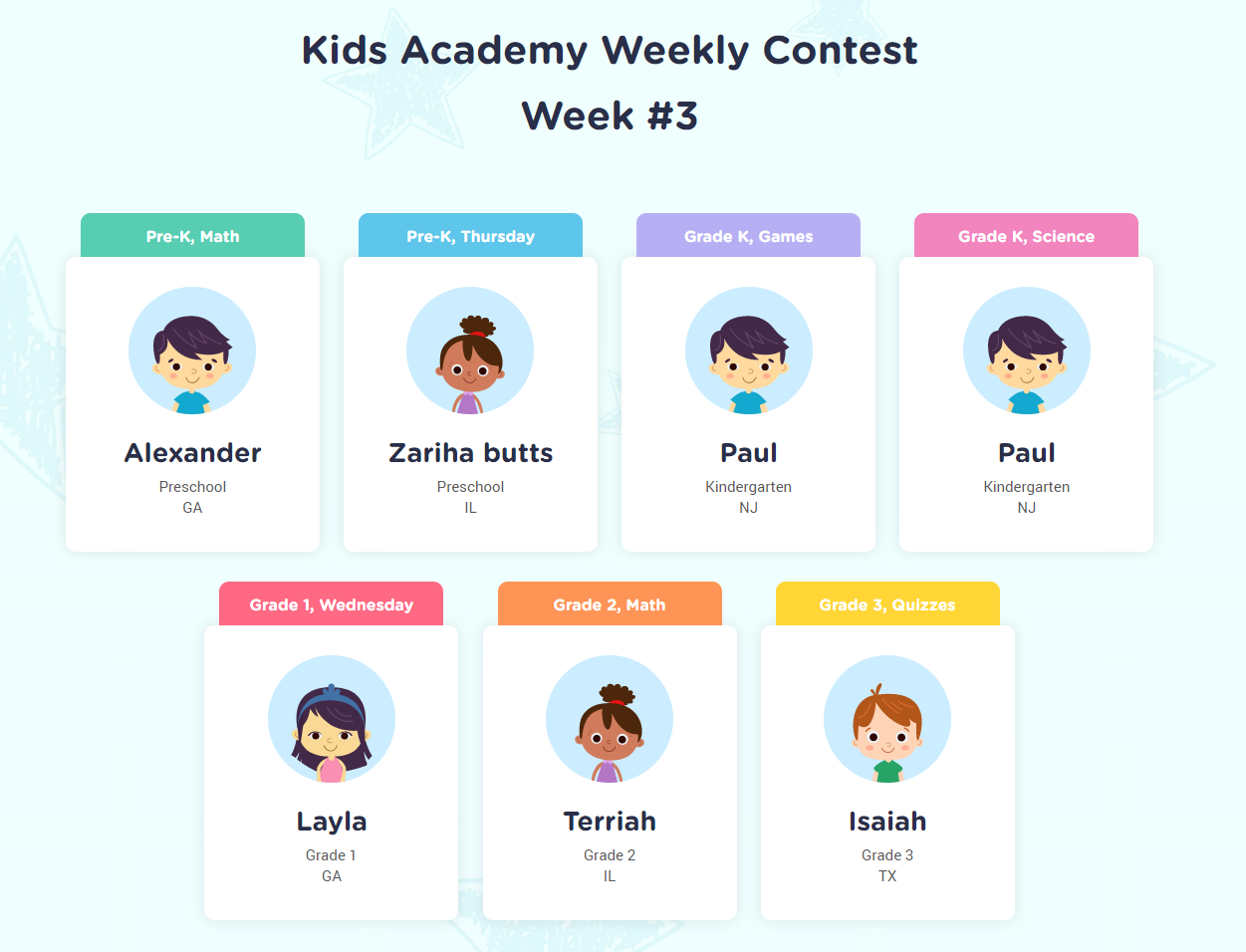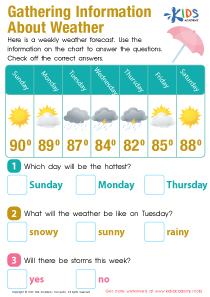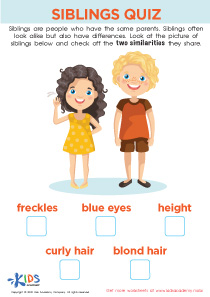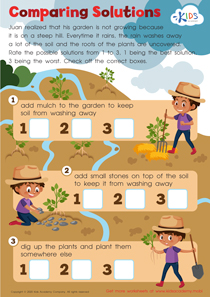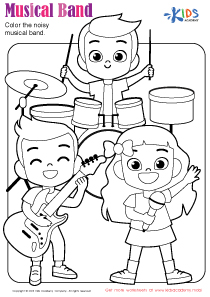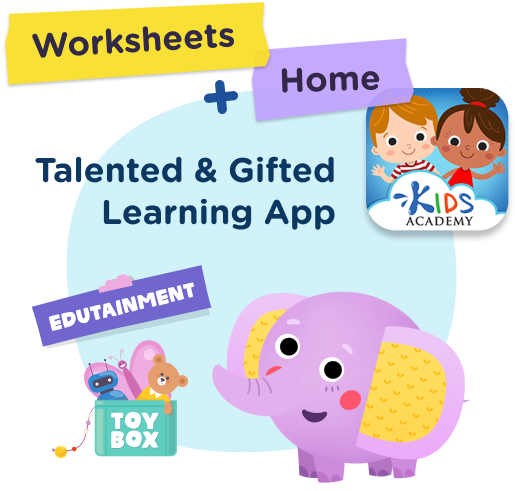Categorizing objects Science Worksheets for Ages 4-9
4 filtered results
-
From - To
Explore our engaging "Categorizing Objects Science Worksheets" designed for children ages 4-9! These interactive and educational resources help young learners develop essential skills in sorting and classifying items based on various characteristics such as size, shape, color, and function. Our worksheets foster critical thinking and enhance cognitive abilities, making learning fun and effective. With a variety of illustrated activities, children will enjoy discovering the differences and similarities among objects, paving the way for more advanced scientific concepts. Perfect for classroom use, homeschooling, or independent learning, these worksheets are a valuable addition to any early childhood curriculum. Prepare your child for a bright future in science!
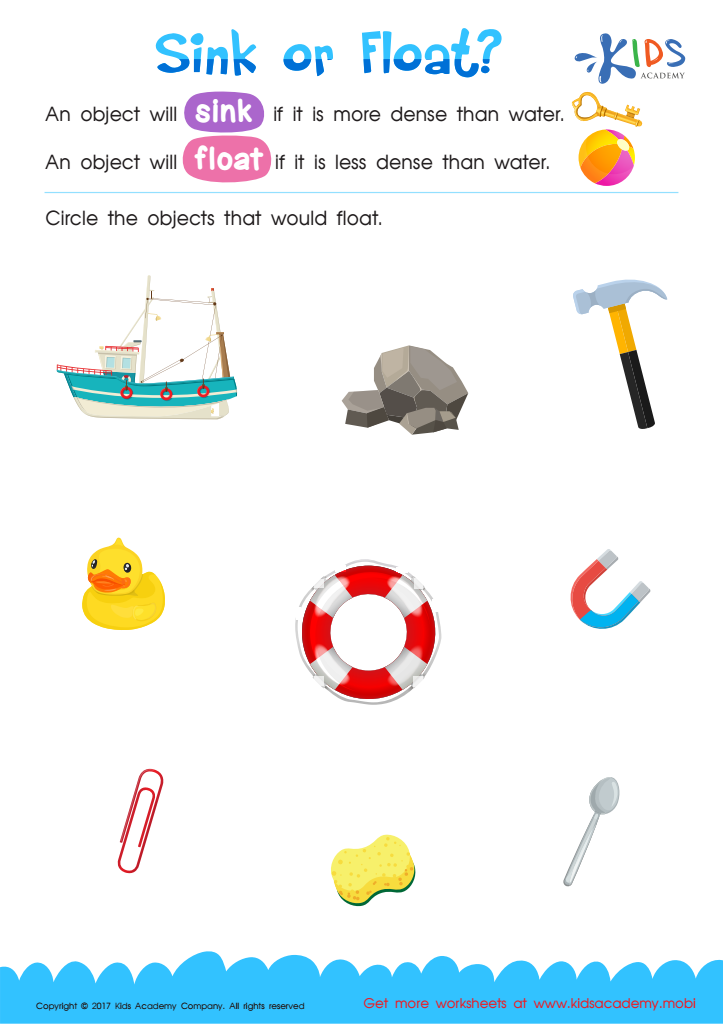

Sink or Float Printable
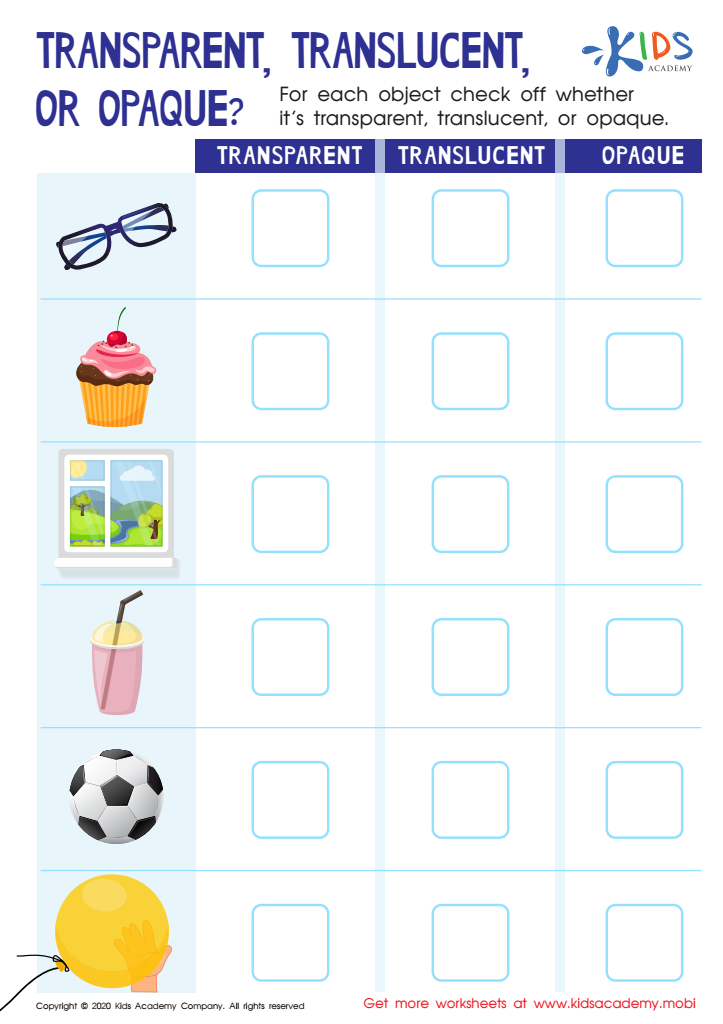

Transparent, Translucent, or Opaque Worksheet
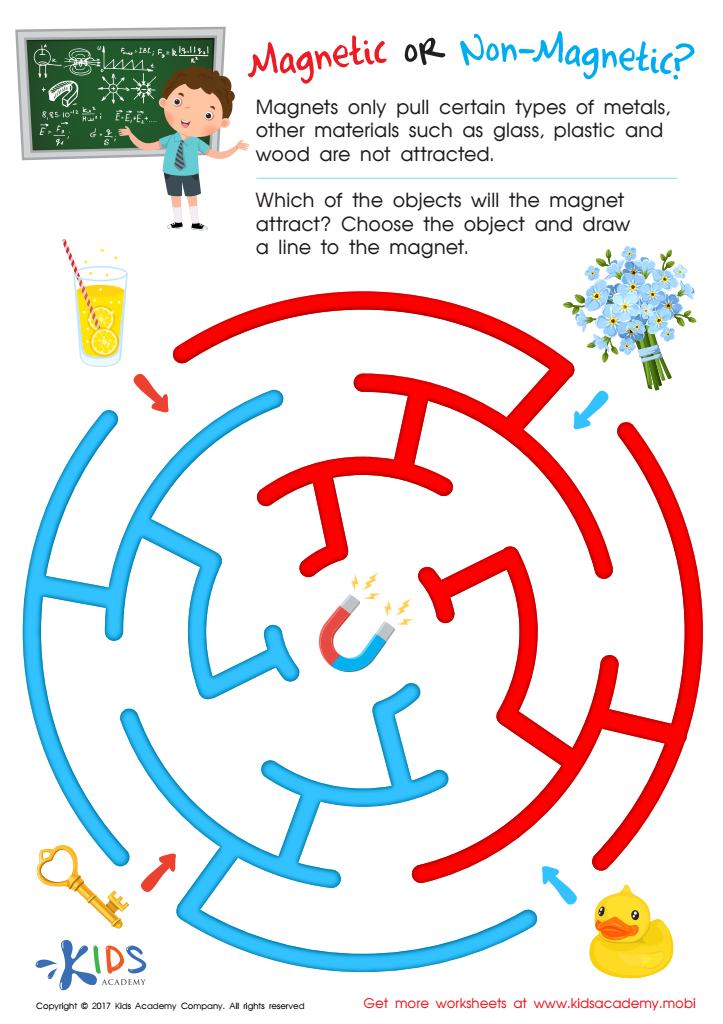

Magnetic or Non–Magnetic Worksheet
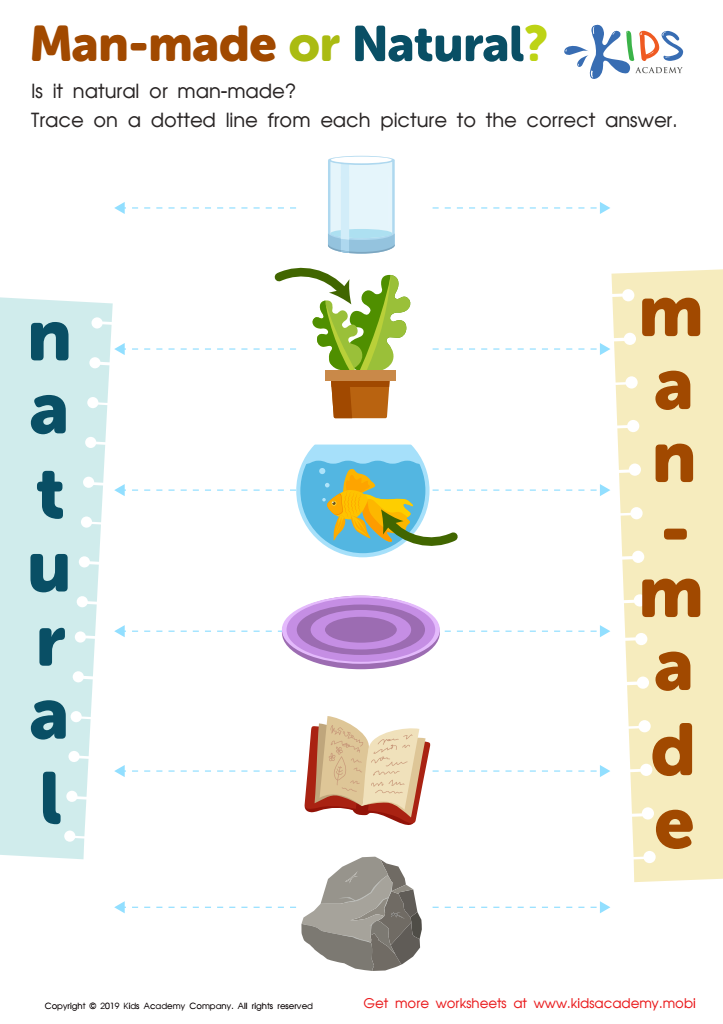

Man-Made or Natural? Worksheet
Categorizing objects is a fundamental science skill for children ages 4-9 that fosters cognitive development and enhances learning. It encourages critical thinking, observation, and reasoning as children explore the world around them. By grouping objects based on similarities and differences—such as color, shape, size, or function—children develop essential classification skills that pave the way for more advanced scientific understanding.
Parents and teachers should prioritize this learning process, as it aids in vocabulary expansion and comprehension. When children categorize, they learn to create a mental framework that helps them interpret and manage information effectively. This lays the groundwork for subjects such as biology, where understanding classification systems (like animal or plant families) is crucial.
Additionally, engaging in categorization brings play into learning, making it an enjoyable experience. Hands-on activities like sorting toys, collecting leaves, or organizing classroom materials nurture curiosity and promote social skills through collaborative learning.
Overall, supporting children in categorizing objects enhances their analytical abilities and simplifies complex concepts, making it a vital aspect of early education. Encouraging these skills not only enriches their academic journey but fosters lifelong learners who can navigate and make sense of their environment.
 Assign to My Students
Assign to My Students

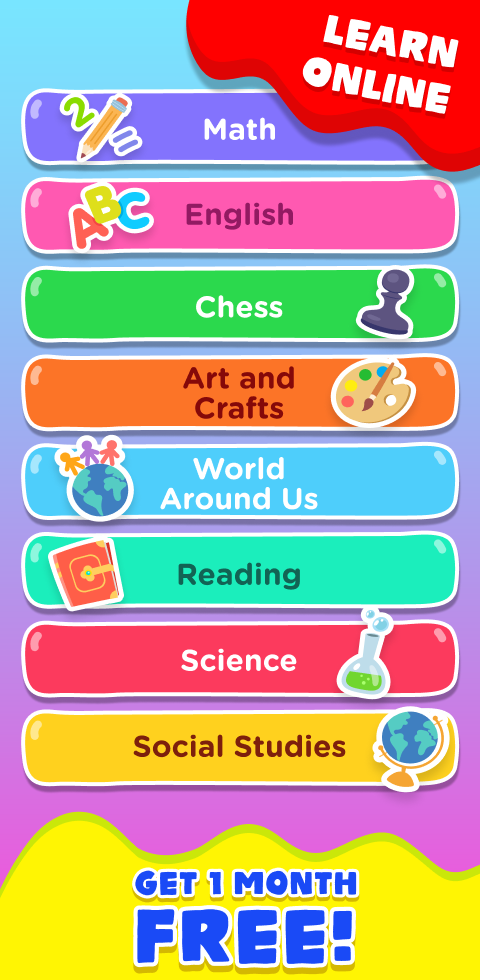

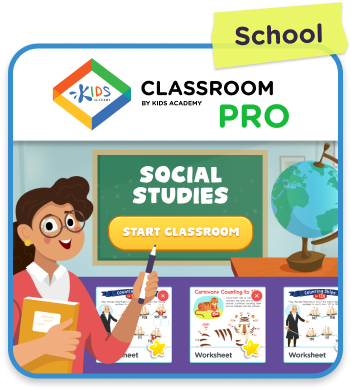
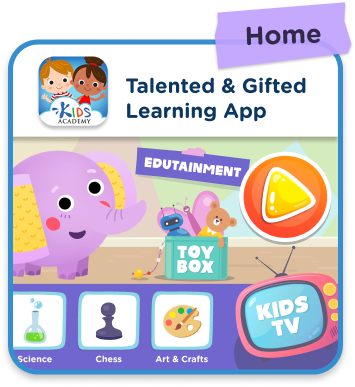
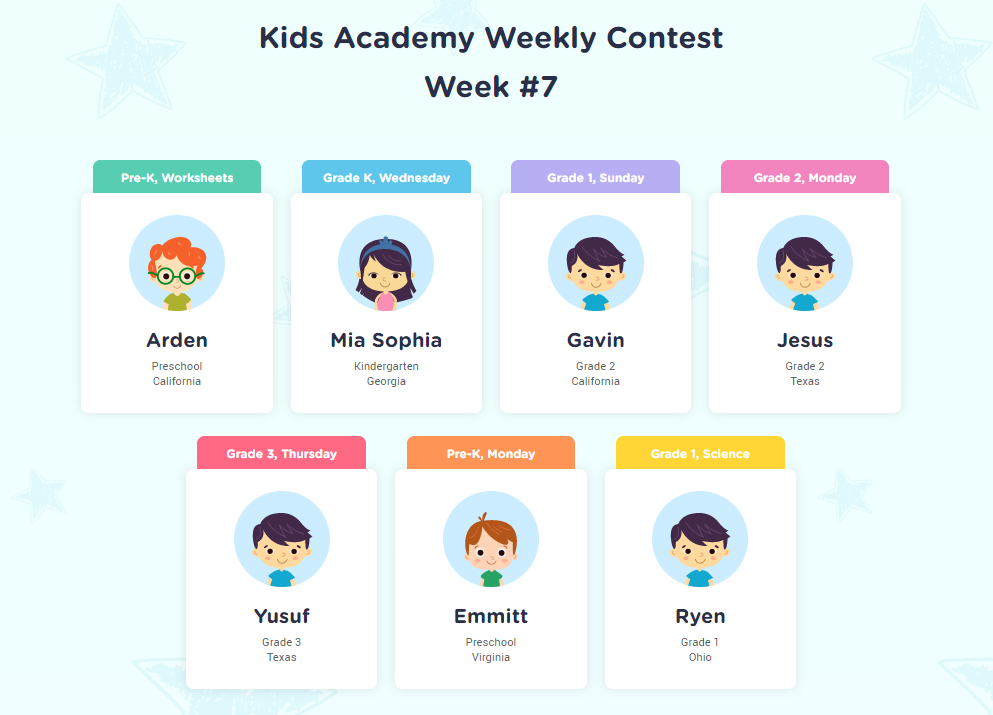
.jpg)
